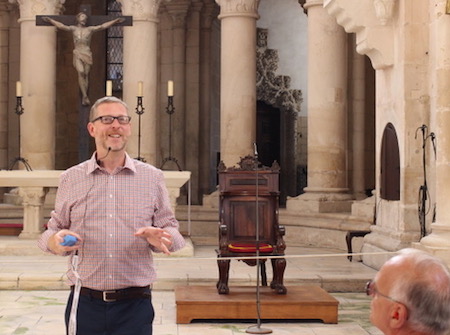lisboa: as varinas

As a tour guide, I’m always interested in how the destinations I teach others about were marketed or imagined before I came around. What identifies these places to locals as well as to visitors? Travel posters from Argentina, Spain & Portugal during the mid-20th century reveal part of the story; however, one particular image stands out because of its absence today… the women who sold fish in Lisbon: as varinas.
Read More »lisboa: as varinas


